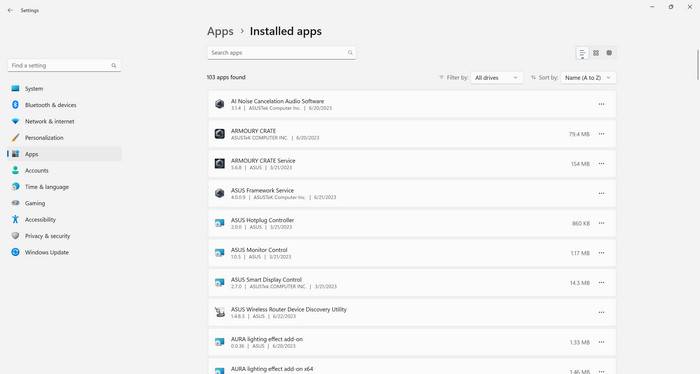LightScribe System Software is a technology that allows users to create professional-looking labels on their CDs and DVDs. It was developed by Hewlett-Packard (HP) and was first introduced in 2004. The software works in conjunction with LightScribe-enabled drives and special optical discs that have a special coating on the label side.

How LightScribe Works
LightScribe technology uses a laser to etch text and graphics onto the label side of a specially coated disc. The process involves three main steps:
- Label Design: Users can create their own label designs using LightScribe-compatible software or choose from a variety of pre-designed templates. The software allows for customization of text, images, and background colors.
- Burning: Once the label design is finalized, the user inserts a LightScribe-enabled disc into a compatible drive with the label side facing down. The drive then uses a laser to burn the design onto the disc’s label side.
- Label Quality: The final result is a monochromatic label with a grayscale appearance. The quality of the label depends on factors such as the disc’s coating, the drive’s laser power, and the design itself.
Should I Remove LightScribe System Software?
While LightScribe technology was popular in the early 2000s, it has become less common in recent years. Many modern optical drives and disc manufacturers no longer support LightScribe, and alternative label printing methods have gained popularity.
If you no longer use LightScribe or have a LightScribe-enabled drive, you may consider removing the LightScribe System Software from your computer. Here are a few reasons why:
1. Outdated Technology
As mentioned earlier, LightScribe technology is no longer widely supported. If you don’t have a LightScribe-enabled drive or no longer use the technology, keeping the software installed on your computer is unnecessary. Removing it can free up system resources and reduce clutter.
2. Potential Security Risks
Outdated software can pose security risks as it may contain vulnerabilities that can be exploited by malware. While LightScribe System Software itself is not known to be a security risk, it’s always a good practice to keep your software up to date or remove it if it’s no longer needed.
If you decide to remove LightScribe System Software, it’s important to do so safely. Simply deleting the program files may not completely remove all associated files and registry entries. It’s recommended to use a reliable uninstaller or a trusted software removal tool to ensure a thorough removal process.
Malwarebytes Free is a reputable software removal tool that can help you safely uninstall LightScribe System Software and scan your computer for any potential malware.
3. Alternative Label Printing Methods
If you still need to create labels for your CDs and DVDs, there are alternative label printing methods available that offer more flexibility and higher-quality results. Some popular options include:
- Direct Disc Printing: Many modern printers have the capability to print directly onto printable discs. This method allows for full-color, high-resolution labels.
- Label Printing Software: There are various software programs available that specialize in label printing. These programs often offer more design options and can be used with standard printable labels.
- Label Printing Services: If you prefer professional-looking labels or have a large quantity to print, you can use online or local printing services that specialize in disc labels.
Consider exploring these alternative methods to find the one that best suits your needs and preferences.
Conclusion
LightScribe System Software was once a popular technology for creating labels on CDs and DVDs. However, due to its declining support and the availability of alternative label printing methods, removing the software may be a wise decision.
By removing LightScribe System Software, you can free up system resources, reduce potential security risks, and explore more modern and flexible label printing options. Remember to use a reliable uninstaller or a trusted software removal tool like Malwarebytes Free to ensure a thorough removal process.
Whether you choose to keep or remove LightScribe System Software, it’s important to regularly update and maintain your software to ensure optimal performance and security.










